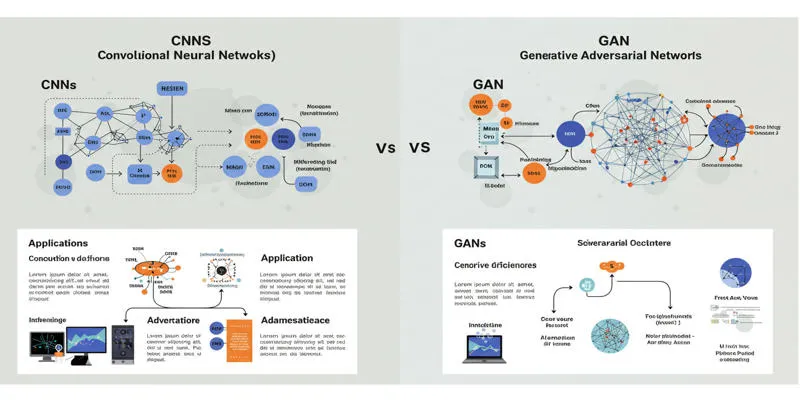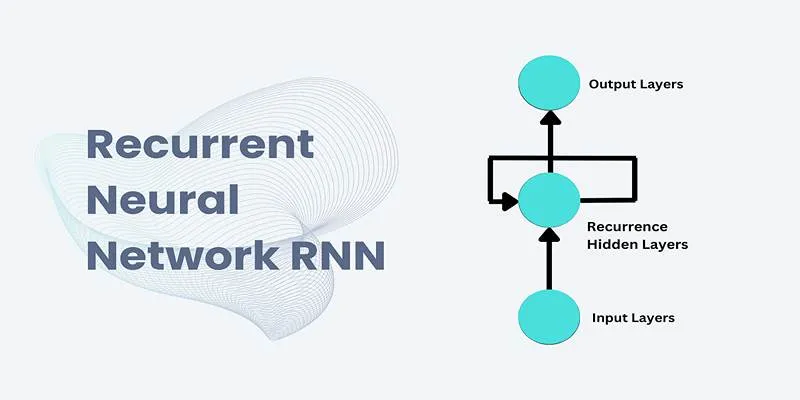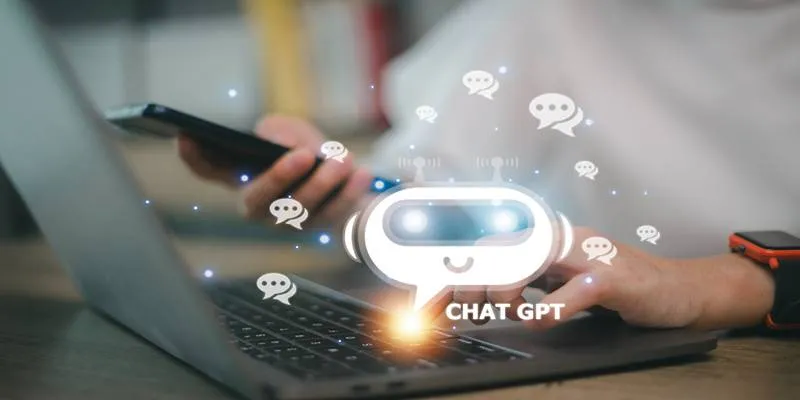CNNs and GANs are two advanced neural network architectures that excel in their respective domains. CNNs are renowned for their prowess in analyzing and extracting meaningful information from data, while GANs shine in generating new, realistic data. This article delves into the architectural differences between CNNs and GANs, highlighting their applications, training methods, and practical implementations.
Understanding CNNs and GANs
 Deep
learning leverages neural networks that mimic the human brain’s information
processing capabilities. CNNs and GANs are prominent architectures within this
group, each excelling in specific AI applications. CNNs are primarily used for
image recognition and object detection, whereas GANs create realistic
synthetic data from images and audio.
Deep
learning leverages neural networks that mimic the human brain’s information
processing capabilities. CNNs and GANs are prominent architectures within this
group, each excelling in specific AI applications. CNNs are primarily used for
image recognition and object detection, whereas GANs create realistic
synthetic data from images and audio.
What Is a Convolutional Neural Network (CNN)?
The Convolutional Neural Network (CNN) is a deep learning model specialized in processing structured data, such as images and audio files. CNNs are adept at identifying patterns by analyzing how pixels interact within an image. They are widely used in supervised learning scenarios that require labeled data for training.
Key Features of CNNs
Layered Architecture:
- A convolutional layer uses filters to extract significant features from input data.
- Pooling layers reduce the spatial dimensions of data to enhance computational efficiency.
- Fully connected layers use extracted features to make predictions.
Applications:
- Image Recognition: Facial recognition in security systems.
- Medical Imaging: Detecting tumors or screening for diabetic retinopathy.
- Self-driving cars use object detection and navigation capabilities.
- Natural Language Processing (NLP): Sentiment analysis and text classification.
Training Method:
- CNNs typically utilize supervised learning to achieve accurate object classification or detection tasks.
What Is a Generative Adversarial Network (GAN)?
GANs are deep learning models that generate artificial data with high similarity to real-world observations. A GAN consists of two key components:
- The Generator creates synthetic data.
- The Discriminator evaluates the authenticity of the generated data against real data.
These components engage in a competitive process where the generator attempts to trick the discriminator into classifying its output as real.
Key Features of GANs
Adversarial Architecture:
- The generator creates new data points by recognizing patterns from existing training samples.
- The discriminator identifies fake from real data, compelling the generator to improve its output quality.
Applications:
- Image Generation: Creating realistic human faces or deepfake videos.
- Data Augmentation: Increasing dataset size by generating synthetic examples.
- Style Transfer: Converting images into different visual styles.
- Drug Discovery: Generating molecular structures for potential drugs.
Training Method:
- GANs use unsupervised learning, requiring no labeled datasets.
- Unlike CNNs, GANs comprise a generator and a discriminator network.
Key Differences Between CNNs and GANs
| Feature | CNN | GAN |
|---|---|---|
| Purpose | Analyzing existing structured data | Generating new synthetic data |
| Architecture | Single network with convolutional layers | Two networks: Generator and Discriminator |
| Learning Approach | Supervised learning | Unsupervised or semi-supervised learning |
| Applications | Image recognition, object detection | Image generation, style transfer |
| Complexity | Simpler architecture | More complex due to adversarial training |
| Training Data | Requires labeled datasets | Works with unlabeled datasets |
How Do CNNs and GANs Work Together?
 The distinct
objectives of CNNs and GANs allow them to complement each other in AI
projects. For example:
The distinct
objectives of CNNs and GANs allow them to complement each other in AI
projects. For example:
- GAN discriminators often employ CNNs to assess the authenticity of generated images.
- Using CNN-based feature extraction, the generator can improve its ability to produce authentic outputs.
This synergy results in robust AI systems capable of processing and generating complex datasets.
Real-World Applications
1. Medical Imaging
Medical professionals use CNNs to analyze images for disease diagnosis. GANs generate artificial images to augment medical datasets lacking rare case examples.
2. Entertainment
GANs create realistic visual effects and generate music tracks. CNNs enhance video quality by recognizing and tracking objects.
3. E-commerce
CNNs improve product search results by classifying images. GANs generate personalized item recommendations based on user preferences.
4. Autonomous Vehicles
CNNs facilitate automated recognition of road signs, pedestrians, and other vehicles. GANs train autonomous systems using simulations of various operational scenarios.
Challenges in Using CNNs and GANs
While CNNs and GANs offer vast potential, they also pose several implementation challenges:
Data Quality:
The quality of training data significantly affects CNN performance and the realism of GAN-generated outputs.
Computational Cost:
The adversarial training process of GANs demands substantial computing resources, making it costly.
Ethical Concerns:
The misuse of GAN-generated content raises ethical issues, including privacy violations and authenticity challenges.
Overfitting Risks:
Without proper regularization, the training process of both models may suffer from overfitting.
Future Trends
Advancements in AI continue to enhance CNN and GAN capabilities through improved hardware and algorithms:
- Integrating transformer models enhances performance in NLP tasks.
- Combining CNN feature extraction with GAN generation capabilities leads to advanced solutions.
The development of ethical guidelines is crucial to prevent the misuse of GAN- based technologies, such as deepfakes.
Conclusion
As transformative AI technologies, CNNs and GANs serve different purposes. CNNs excel in the classification and detection of structured data, while GANs specialize in generating synthetic content resembling real-world examples.
Understanding the distinct applications of these tools and how they complement each other enables businesses to maximize their use in healthcare, entertainment, e-commerce, and autonomous systems. As neural network technology advances, fundamental knowledge of these architectures is essential for safe and innovative AI development.
 zfn9
zfn9






















